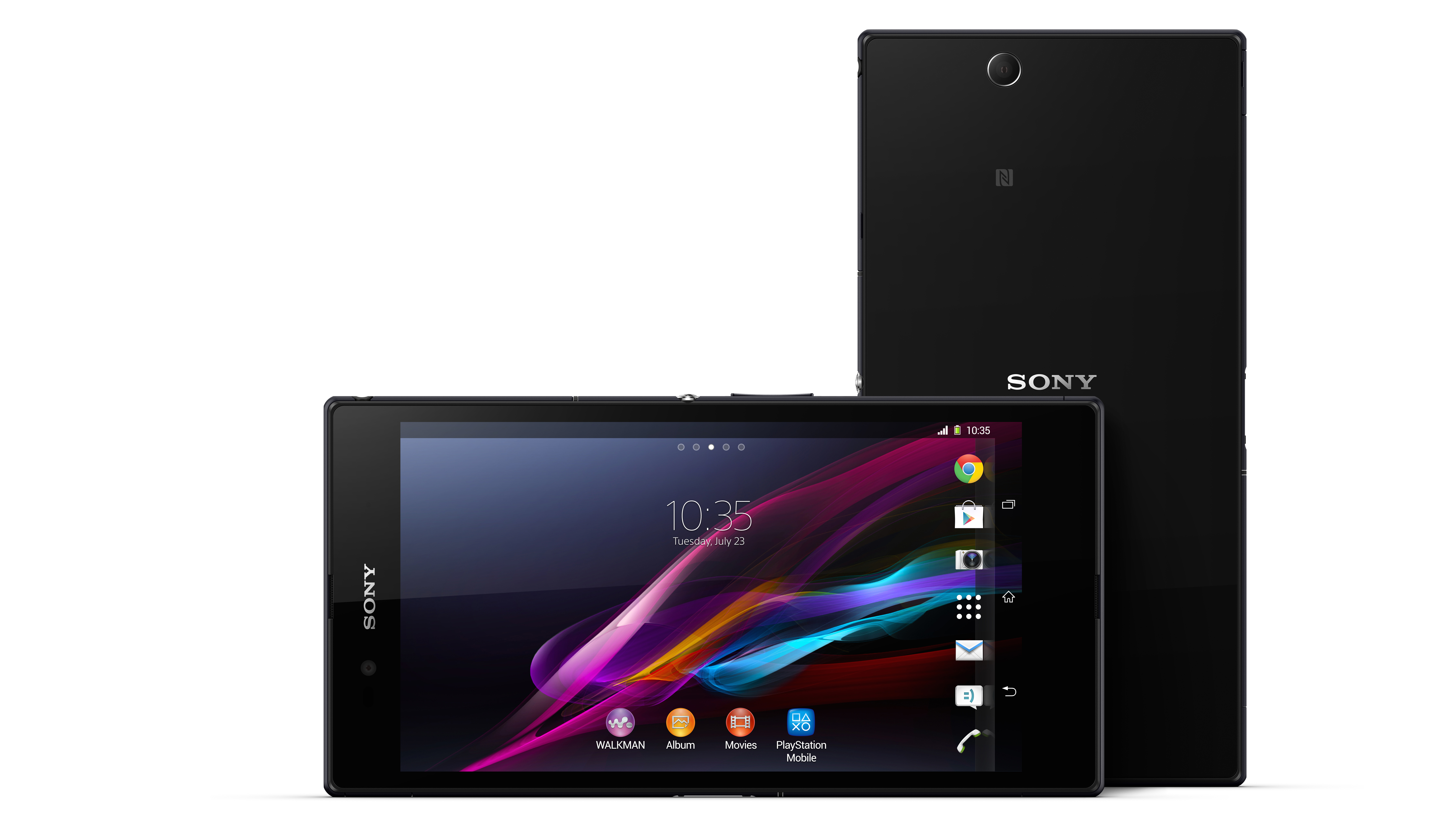Why you can trust TechRadar
Have you been able to sense a 'but' coming? Good, because here it is.
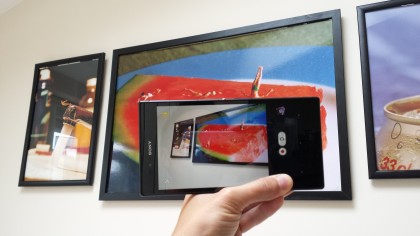
Every titan has its week point, its Achilles heel. And the Xperia Z Ultra doesn't escape that. We're talking about the camera. What. A. Disappointment.
We won't go so far as to say the camera on the Xperia Z Ultra is bad. We'll go past that and tell you it is terrible. Seriously, we are astounded with how bad it is. Sony should never have bothered putting a camera on a device if this was the best it could do.
On paper, it doesn't look too bad. It's 8MP (although it says 7MP in the settings.) That's a bit 2011, but we can live with that. The Exmor RS makes it sound a little bit grander.
But if you're going to be taking a photograph in anything but absolutely perfect, strong, summer daylight, you're not going to get a sharp picture. In fact, in the week that we had the Xperia Z Ultra in our mitts, we didn't have one of those days, which explains why none of our photos looks like a perfectly lit masterpiece.
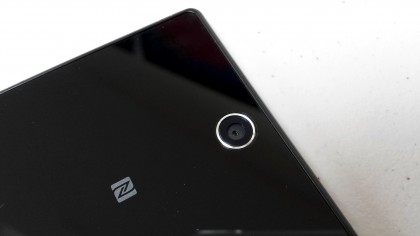
Let's get the biggest complaint out of the way first. The flash. Or lack of it. Yes, there is no light, no flash, no LED. Nothing. This is the craziest decision ever. It renders the camera completely useless in a lot of situations. Sure, Sony and others will say that you aren't buying this as a camera phone and most people who will want to take photos will use a dedicated camera.
But that's the excuse that tends to be churned out when there is no other defence. The fact of the matter is that although this is a phablet, Sony is very clearly marketing this as a phone first and cutting corners like that just wipes away that feeling you're holding something that has been cleverly crafted immediately.
How can this be the Ultra device when it's missing something even an old Nokia 6680 had. Poor show, Sony.
Without a light, your pictures will look terrible. The fact is that every photo we shot displayed some evidence of noise and grain. You don't expect it when you fire the camera up initially – the refresh rate on the lens is great so you feel you're going to get a great pic.
Yet when it's committed to memory, you get anything but. Sony has its automatic mode and this does make things marginally better. But we mean 'marginally'.
Problem is that it adds all kinds of bright colours to shots that shouldn't be there and loads more noise, so none of these photos are usable.
There are various other scene modes available, but they're not even worth mentioning. Sony has basically taken the camera software from its other Xperia devices, which pride themselves on having great cameras, and stuck it on an inferior device.
Like sticking a wedding dress on a pig. It may fit, but the snout sticks out eventually. You can change your resolution down to VGA (which would at least make you feel less embarrassed about the picture quality) and there are a couple of other options in there like 'Smile shutter'.
Which again, doesn't work. Maybe we don't have a good smile or maybe the camera can't work out the smile because it can't see one without a light. Who knows.
And there's no camera shutter button on the side. Again. We could really complain a lot here. But let's not get any more wound up. Deep breaths.
We can't remember being this disappointed in a phone camera for a long time. That says a lot. There is nothing that can redeem this for us.
Sample images

(Click here for full resolution image)
This was taken in decent indoor lighting but the result is disgraceful.

(Click here for full resolution image)
As above – with several indoor lamps on, but shocking quality.
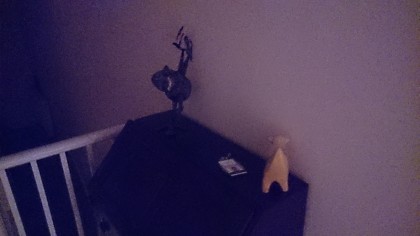
(Click here for full-resolution image)
Considering this was almost pitch black, the Xperia Z Ultra did manage to pick out details. But not anything worth showing.
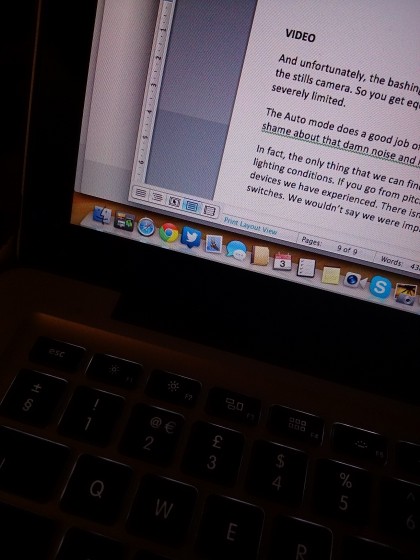
(Click here for full resolution image)
Close up in macro mode, the Xperia Z Ultra can distinguish text. But it's not particularly good.
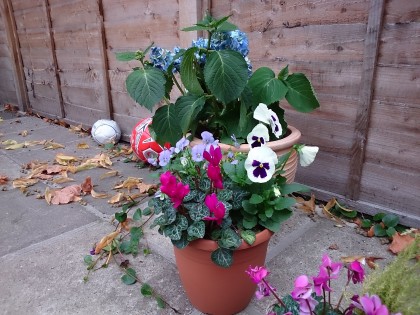
(Click here for full-resolution image)
Colours that look bright in real life don't seem to get the same treatment from the Xperia Z Ultra lens
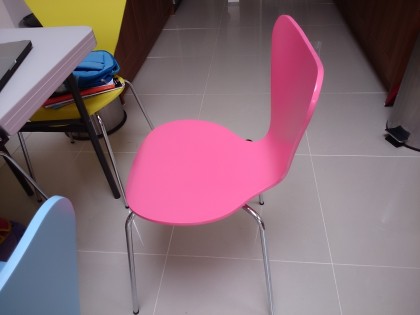
(Click here for full-resolution image)
Even with something in shocking pink, the only shocking thing here is the dullness of the colour

(Click here for full-resolution image)
We tried bright outdoor light but it just all feels a bit flat.
Video
And unfortunately, the bashing continues here because the camera is obviously the same lens that works for the stills camera. So you get equal levels of poor video quality. The lack of a light means your shooting options are severely limited.
The Auto mode does as good a job of switching between lighting conditions as it does with the camera. Just a shame about that damn noise and lack of light. We still can't get over it.
In fact, the only thing that we can find here that is positive is the rate at which the video adjusts between lighting conditions. If you go from pitch black to bright light, it copes very well. Better than many other devices we have experienced.
There isn't really much of an adaption phase over a few seconds, it just switches. We wouldn't say we were impressed with this. But it was better than we thought.
You won't find many options for the dedicated video recorder. In fact, the options for the camera and the video are all lumped together. Which means that if you want to change anything during a video shoot, you can't. You have to end your video, go back to camera mode and then choose what it is you want to do before switching back to video.
The switch, at least, is easy. You just tap the red button beneath the stills camera to toggle into moving video shooting.
You can also take a still photo during a movie by tapping the shutter button and this will happen as your film continues to whirr on. It's a feature we tend to see as standard in phones nowadays. Do it on the Xperia Z Ultra, your still will be no larger than a 1MP file.
Not that that matters which such a rubbish camera. Did we mention we're not impressed?

Gareth has been part of the consumer technology world in a career spanning three decades. He started life as a staff writer on the fledgling TechRadar, and has grew with the site (primarily as phones, tablets and wearables editor) until becoming Global Editor in Chief in 2018. Gareth has written over 4,000 articles for TechRadar, has contributed expert insight to a number of other publications, chaired panels on zeitgeist technologies, presented at the Gadget Show Live as well as representing the brand on TV and radio for multiple channels including Sky, BBC, ITV and Al-Jazeera. Passionate about fitness, he can bore anyone rigid about stress management, sleep tracking, heart rate variance as well as bemoaning something about the latest iPhone, Galaxy or OLED TV.
